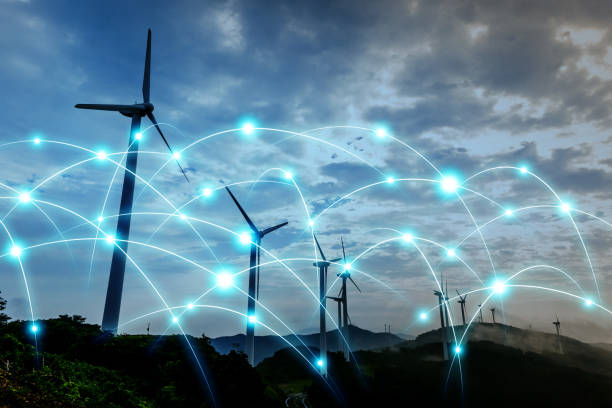Mapping The Next Wave Of Wind O&M Demand

Q1. Could you start by giving us a brief overview of your professional background, particularly focusing on your expertise in the industry?
With over 15 years of experience in the wind energy sector, I’ve led operations across the full lifecycle of wind turbines — from installation to advanced service strategies. My background includes managing large-scale service teams across Europe, driving operational excellence, and leading global productivity initiatives at GE Vernova.
Today, through Windage Consultancy, I combine my technical expertise with transformational coaching to help organizations optimize turbine performance and build high-performing, value-aligned teams. My focus is always human-centric: I believe real operational excellence begins with people.
Q2. Which regions are seeing the highest demand growth for wind turbine O&M services?
We're currently seeing significant growth in O&M demand across Eastern Europe, Türkiye, and the Middle East, driven by aging fleets and increasing investor confidence in renewable infrastructure. Additionally, Latin America and parts of Southeast Asia are experiencing rapid growth due to policy support and new capacity installations. These regions often lack mature O&M ecosystems, creating opportunities for tailored, scalable service models and long-term partnerships.
Q3. How is the expansion of offshore wind energy, anticipated to increase significantly, influencing the demand for specialized O&M services and technologies?
Offshore wind brings entirely new dimensions to O&M , from logistics to reliability expectations. As projects move further from shore, the need for remote diagnostics, autonomous inspections (like drones and robotics), and predictive maintenance tools becomes non-negotiable. Additionally, offshore environments demand cross-disciplinary collaboration between marine operations, digital technology, and specialized human resources. Companies that can integrate these disciplines into cohesive O&M strategies will lead the way.
Q4. In what ways are technological advancements creating new opportunities for innovation and service differentiation in the O&M sector?
Technology is transforming O&M from a reactive function to a proactive, value-generating service layer. Innovations in AI-based predictive analytics, digital twins, Condition Monitoring Systems (CMS), and automated inspection tools enable more efficient scheduling, reduced downtime, and better risk management. On the human side, we’re also seeing growth in immersive training technologies (AR/VR) and remote coaching platforms, which are critical for workforce scaling and safety in remote regions.
Q5. How are emerging ESG mandates and circular economy regulations shaping the planning of wind turbine service providers and asset owners?
There’s a clear shift from “operate efficiently” to “operate responsibly.” ESG and circular economy frameworks are pushing service providers to consider lifecycle impact, component recyclability, and ethical workforce development. In practice, this means creating service plans that extend asset life, reduce material waste, and prioritize transparency in operations. For forward-thinking providers, it’s also a competitive differentiator aligning with investor priorities and community expectations.
Q6. Do you see wind O&M evolving toward shared, platform-based service ecosystems, particularly in underdeveloped or underserved regions?
Absolutely. Especially in regions where individual service infrastructure is too costly or fragmented, shared platforms for spare parts, workforce deployment, data, and logistics will play a vital role. We’re likely to see a rise in modular service partnerships, regional hubs, and collaborative maintenance models that reduce redundancy while improving uptime. However, this will only succeed if trust, transparency, and digital infrastructure are established early.
Q7. If you were an investor looking at companies within the space, what critical question would you pose to their senior management?
- How well is your organization aligning operational strategy with human capability?
No amount of digital tools or hardware investment can outperform a team that lacks clarity, resilience, or alignment. I would probe how leadership cultivates adaptability, how they train and retain talent, and how their culture supports continuous improvement. Operational excellence isn’t just about KPIs — it’s about people who understand the mission and are empowered to deliver it.
In addition, I would also ask:
- What are your strategies for renewing aged wind turbine components to extend asset life while maintaining safety and performance standards?
As fleets mature globally, extending turbine life isn’t just a maintenance issue — it’s a strategic investment question. Companies that have clear plans for retrofitting, reengineering, and component-level refurbishment will not only protect investor returns but also lead the shift toward circular, sustainable wind energy infrastructure.
Comments
No comments yet. Be the first to comment!
